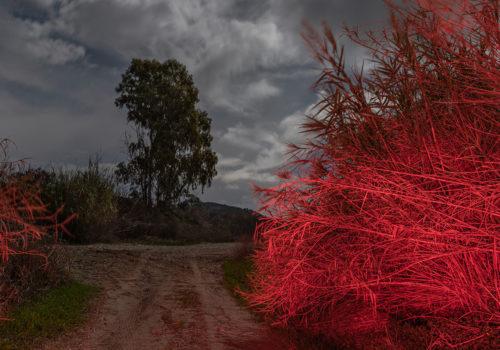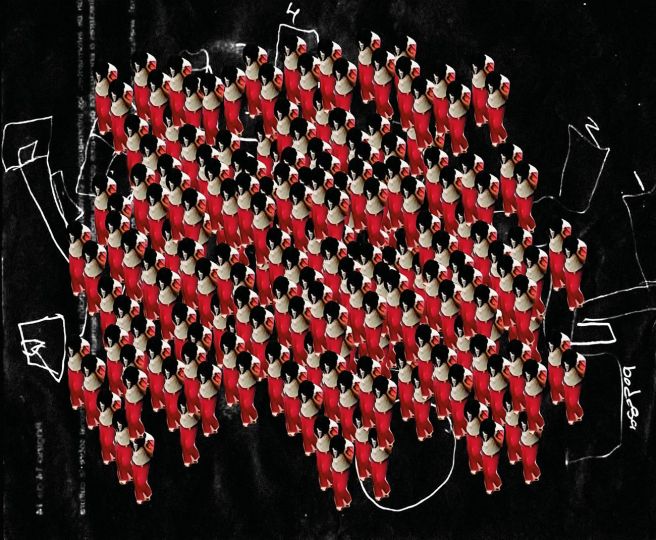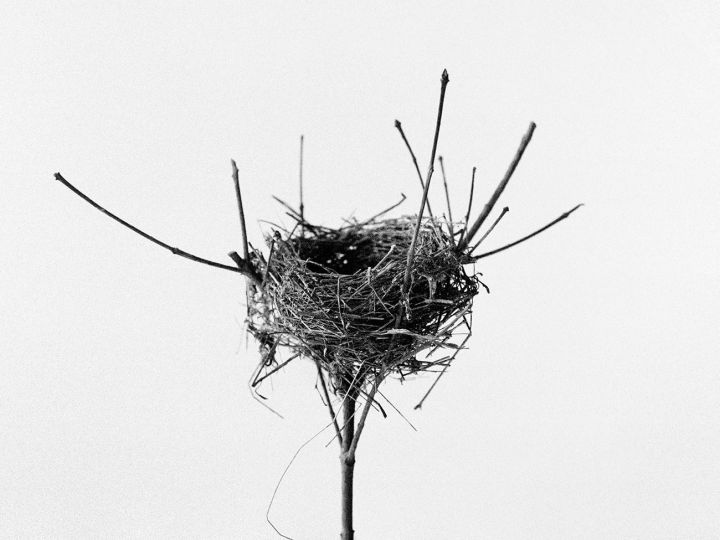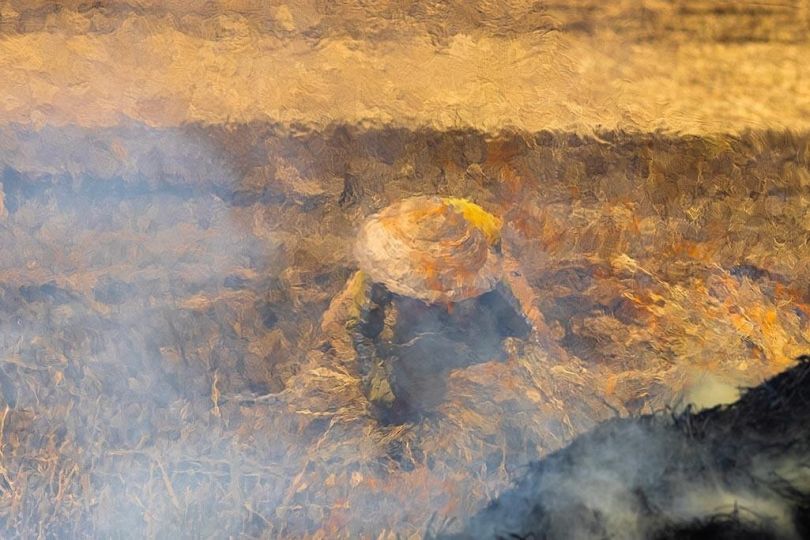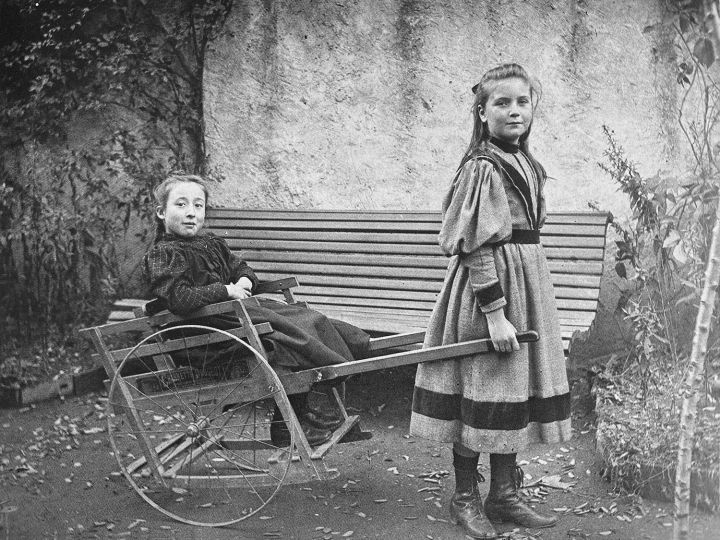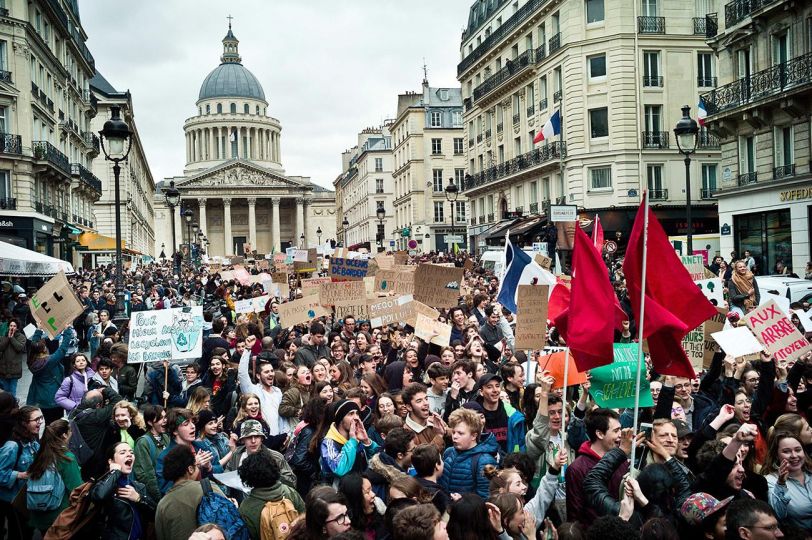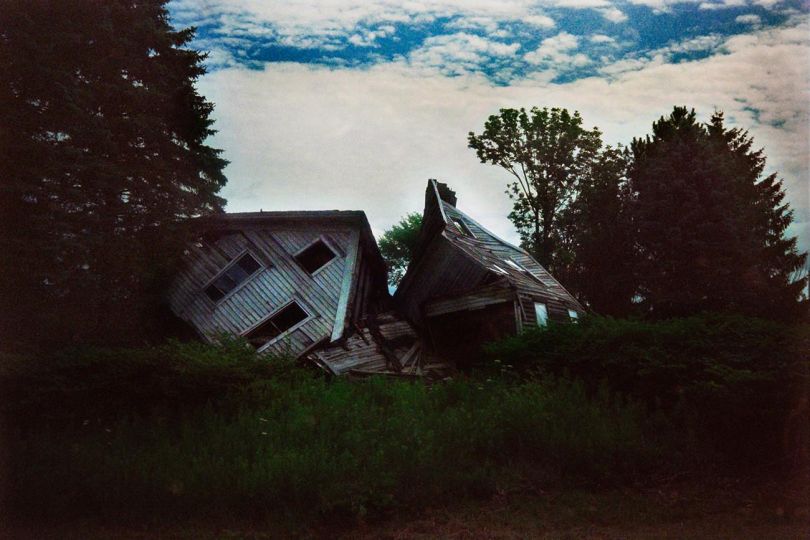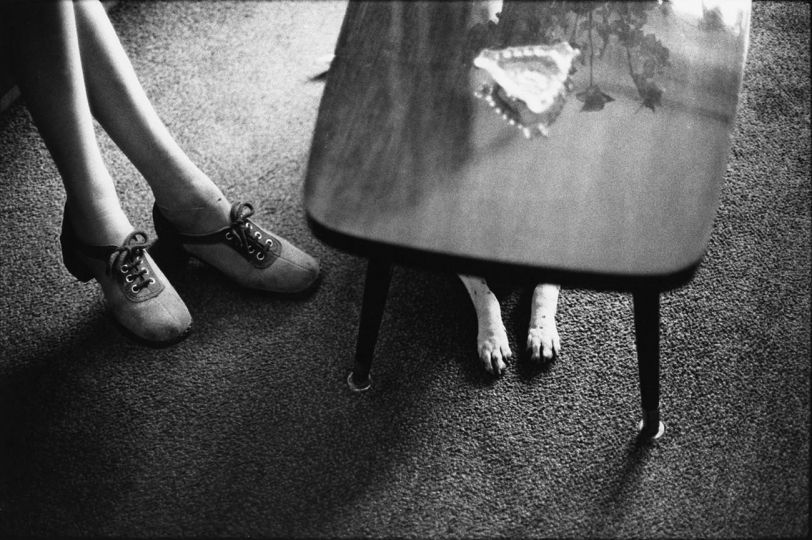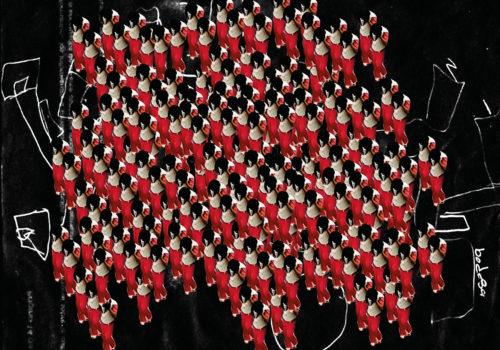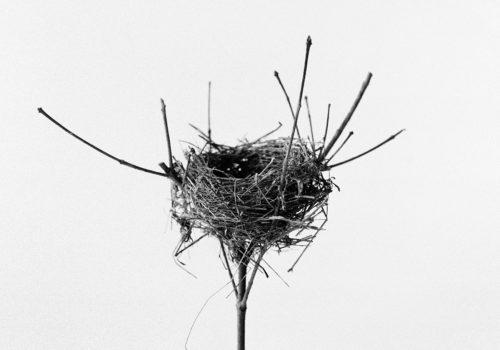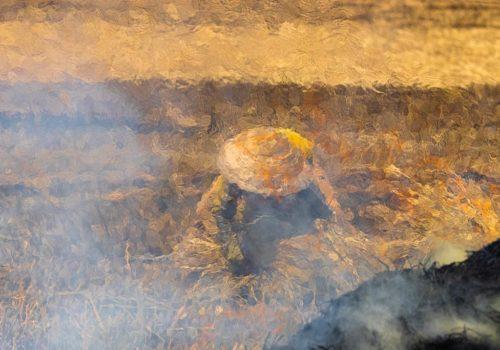Until March 29, Ikastikos Kiklos DL Gallery in Athens presents ‘Disturbed Soil’ by Rea Papadopoulou. She writes.
My family moved to Greece during my early childhood. While we were living in a densely populated urban area of Athens, in my dreaming eyes the countryside was a marvel of beauty where I could have the freedom for explorations. Greece is a small country that retains huge diversity of landscapes, habitats, and ecosystems.
Human activity as well as natural phenomena amplified from us, are damaging the thin layer of soil, the skin of earth, that takes thousands of years to form. Intensive agriculture, destruction of forests & wetlands, immense grids of roads and surface mining are just a few reasons for this destruction. At places topsoil disappears completely under the huge expansion of the urban areas or the extreme exploitation of the land.
Topsoil is the source and home of all life on earth, microbes, fungi, flora, and fauna. Is a vital source of water & food for all living creatures and is as important as the air we breathe.
This soil wraps the magnificent landscapes we treasure, worship, and enjoy.
For the last years I have been walking again in the countryside observing the changes, and the wounds of this vulnerable landscape. Rapid changes that will take hundreds of years to heal.
Sometimes, nature is covering up the damage with a green lush over the waste, a flashflood takes away bridges and buildings constructed on the way of a river, natural looking mountains are made of unnatural materials, man-made flatlands of geometrical precision still attract birds, but everything is a bit distorted, a slight and strange deviation.
I am working on this project for 8 years. I am applying for the grand and mentoring as I wish to conclude this project making a book, including the photos, texts and perhaps maps. The landscape in Greece is changing dramatically, as well as people’s lives who are losing all their livelihood because of the recent floods, droughts and wildfires.
Rea Papadopoulou
Rea Papadopoulou : Disturbed Soil
7 February – 29 March 2025
Ikastikos Kiklos DL Gallery
6 Akadimias str
10671, Athens, Greece
Captions
1 – Rodopi | 28/12/2017
Mountain of salt, at Aliki, in the protected area of the National Park of East Makedonia and Thrace.
2 – Lydia, Kavala | 9/10/2022
Deposits of white marble cutting residues. Erosion carries the fine grains of the marble downwards. Few plants can grow on this ground. In the nearby mountains there are dozens of quarries extracting this fine white marble which is used in Greece and exported to many countries.
3 – Petron Lake, Macedonia | 7/01/2017
Continuous burning of reeds of the lakes and riverbeds, for the expansion of the agricultural land, affects the natural ecosystem and the wildlife.
4 – Copais Boeotia| 5/12/2021
The moisture of freshly plowed soil evaporates at dawn when the temperature rises. The plain of Copais is located in the area of a drained lake. In many parts of the lake the soil is almost black from the organic matter of the aquatic plants that were incorporated into the lake bottom and created peat deposits.
5 – Anargiroi, Amyntaio North Greece | 29/03/2016
Archaeological excavations at a prehistoric settlement that was inhabited throughout the Neolithic and the Bronze Age, at the edge of lignite mine excavations, before the area was assigned for mining. In 2024, due to the decarbonization of energy production, mines and factories that operated for decades have been abandoned.
6 – Vravrona, Attica | 18/12/2021
Area of Erasinos river springs, which maintain a permanent flow of water even during the dry periods of the year. Fig trees were cut down for the construction works of the flood control project. If the project will be built as planned, it will destroy the last kilometers of a river’s natural flow, its wild aquatic life and a valuable rural landscape of Attica. In the area of the rock there are antiquities. At present the project has been stopped after the interventions of citizens and environmental organizations, who demand the redesign of the project according to the real flood control needs and its redesign with “Nature-Based Solutions”.
7 – Thessaly | 22/10/2023
Damaged cotton crop from the flooding caused by Storm Daniel. Mud and water flooded the cotton warehouses. In Thessaly, two storms that were statistically expected once every hundreds of years happened twice in three years. In September 2000 “Ianos” and in September 2023 “Daniel”.
8 – Aliveri, Evia | 27/08/2020
Mining tailings deposits of aggregates for a nearby cement factory.
9 – Magnesia | 15/01/2023
Old car tires left in the countryside of Magnesia. Beekeeping hives are placed on them.
10 – Carla | 19/03/2024
Dead almond trees still in water after the floods of 2023. Karla was one of the largest lakes in Greece, with significant fishing production and the largest number of birds measured in a wetland in Greece, until 1960. Depending on the rains, its area varied greatly. The lake was drained in the 1960s to create agricultural land and with the prospect of recreating a smaller one. In the early 2000s, an artificial lake was built in a part of the old lake for environmental reasons and for irrigation of the surrounding fields. The great flood of September 2023 exceeded all flood forecasts and overwhelmed the old lake area.
2369- 29/10/23
Central Evia, Xirovouni mountain 1453m altitude. Two wind turbines are planned to be installed on the popular route for climbers and hikers to the steep slope of Xirovouni mountain. In total, sixty-nine wind turbines with a capacity of 285.6 MW are planned to be installed in the areas of the Dirfis and Xirovouni mountains and 100 kilometers of access roads to be built or widened.
4062-17/3/2024
#Petron Lake, Macedonia. The lake and its wildlife are in slow degradation due to drainage projects for creating new agricultural land, water pollution, pesticides, and illegal hunting.
7256-20/11/2022
#Central Evia. Non formal car dumping area in a rural hilly area
Kokkino, Boeotia.
Deposits nickel alloy 2024, while the factory that processe

